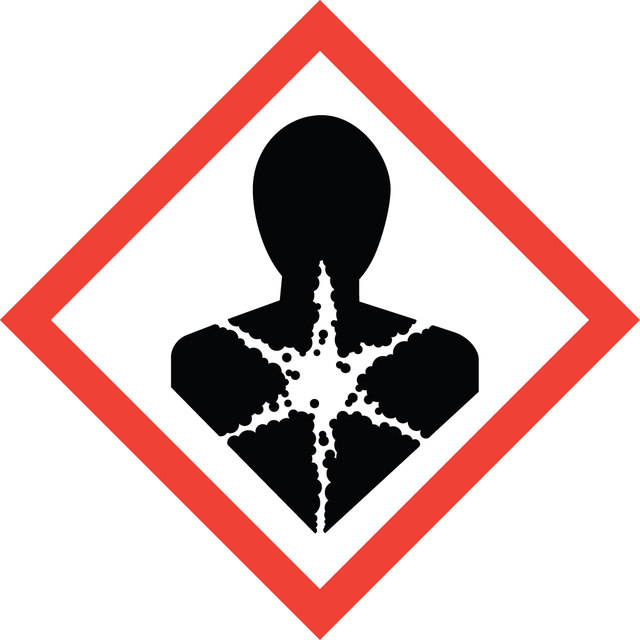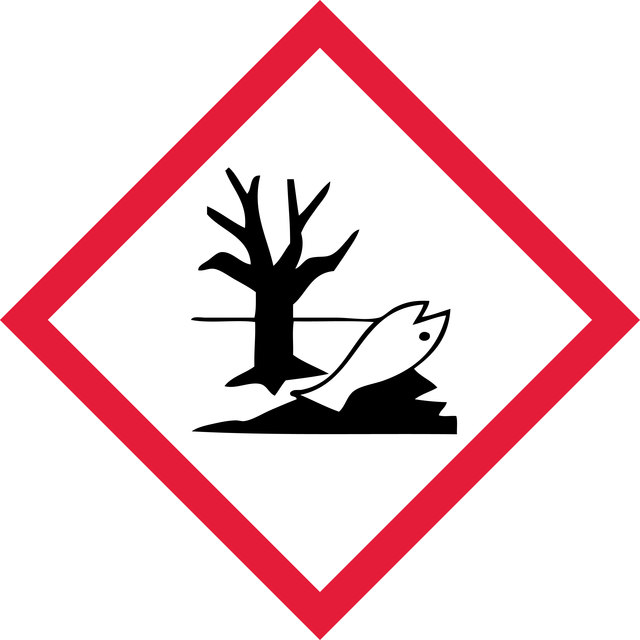Select a Size
About This Item
product line
Duolink®
technique(s)
proximity ligation assay: suitable
fluorescence
λex 554 nm; λem 576 nm (orange) (Cyanine 3; Zeiss Filter set 20)
suitability
suitable for fluorescence
storage temp.
−20°C
Application
Follow the Duolink® In Situ Fluorescence Protocol to use this product. A set of short instructionsis also available.
Visit our Duolink® PLA Resource Center for information on how to run a Duolink® experiment, applications, troubleshooting, and more.
To perform a complete Duolink® PLA in situ experiment you will need two primary antibodies (PLA, IHC, ICC or IF validated) that recognize two target epitopes.This starter kit supplies all other necessary reagents for 30 Duolink® PLA reactions, which include a pair of PLA probes (Anti-Rabbit PLUS and Anti-Mouse MINUS), orange detection reagents, wash buffers, and mounting medium.Note that the primary antibodies must come from the same species as the Duolink® PLA probes. Analysis is carried out using standard immunofluorescence assay equipment.
The Duolink® In Situ Orange Starter Kit Mouse/Rabbit requires one primary antibody from mouse and one primary antibody from rabbit. Orange fluorescence detection reagents are often used with Cyanine 3 filter.
Application Note
Two primary antibodies raised in different species are needed. Test your primary antibodies (IgG-class, mono- or polyclonal) in a standard immunofluorescence (IF), immunohistochemistry (IHC) or immunocytochemistry (ICC) assay to determine the optimal fixation, blocking, and titer conditions. Duolink® PLA in situ reagents are suitable for use on fixed cells, cytospin cells, cells grown on slide, formalin-fixed, paraffin embedded (FFPE), or tissue (fresh or frozen). No minimum number of cells is required.
Let us do the work for you, learn more about our Custom Service Program to accelerate your Duolink® projects
View full Duolink® product list
Features and Benefits
- No overexpression or genetic manipulation required
- High specificity (fewer false positives)
- Single molecule sensitivity due to rolling circle amplification
- Relative quantification possible
- No special equipment needed
- Quicker and simpler than FRET
- Increased accuracy compared to co-IP
- Publication-ready results
Legal Information
Kit Components Also Available Separately
- DUO92002Duolink® In Situ PLA® Probe Anti-Rabbit PLUS, Affinity purified Donkey anti-Rabbit IgG (H+L)
- DUO92004Duolink® In Situ PLA® Probe Anti-Mouse MINUS, Affinity purified Donkey anti-Mouse IgG (H+L)
- DUO92007Duolink® In Situ Detection Reagents Orange
- DUO82049Duolink® In Situ Wash Buffers, Fluorescence
- DUO82040Duolink® In Situ Mounting Medium with DAPI
Signal Word
Danger
Hazard Statements
Precautionary Statements
Hazard Classifications
Aquatic Chronic 2 - Met. Corr. 1 - Resp. Sens. 1 - Skin Sens. 1
Storage Class Code
8A - Combustible corrosive hazardous materials
WGK
WGK 3
Regulatory Information
Choose from one of the most recent versions:
Already Own This Product?
Find documentation for the products that you have recently purchased in the Document Library.
Articles
Duolink® proximity ligation assay used to study neuron interactions furthering neuroscience research.
Support information including tips and tricks, frequently asked questions, and basic troubleshooting.
Learn how Proximity Ligation Assay technology works and how the protein-protein interaction control kit can confirm in situ detection of EGF-induced EGFR-HER2 dimerization.
Things to consider for preparation, setup and execution of the Duolink® assay protocol
Protocols
This protocol describes how to perform immunofluorescent detection of proteins in cells and tissue.
This page details the Duolink® In Situ Short Protocol for fluorescence detection
Related Content
Applications to detect, quantify and visualize protein-protein interactions, post-translational modifications and low expression protein detection using proximity ligation assay
蛋白质是细胞内部的主要功能分子,负责细胞功能和生存的多种生物学活动。值得关注的是,许多蛋白质也能与DNA发生相互作用。
Protein and nucleic acid interaction reagents and resources for investing protein-RNA, protein-DNA, and protein-protein interactions and associated applications.
Our team of scientists has experience in all areas of research including Life Science, Material Science, Chemical Synthesis, Chromatography, Analytical and many others.
Contact Technical Service

